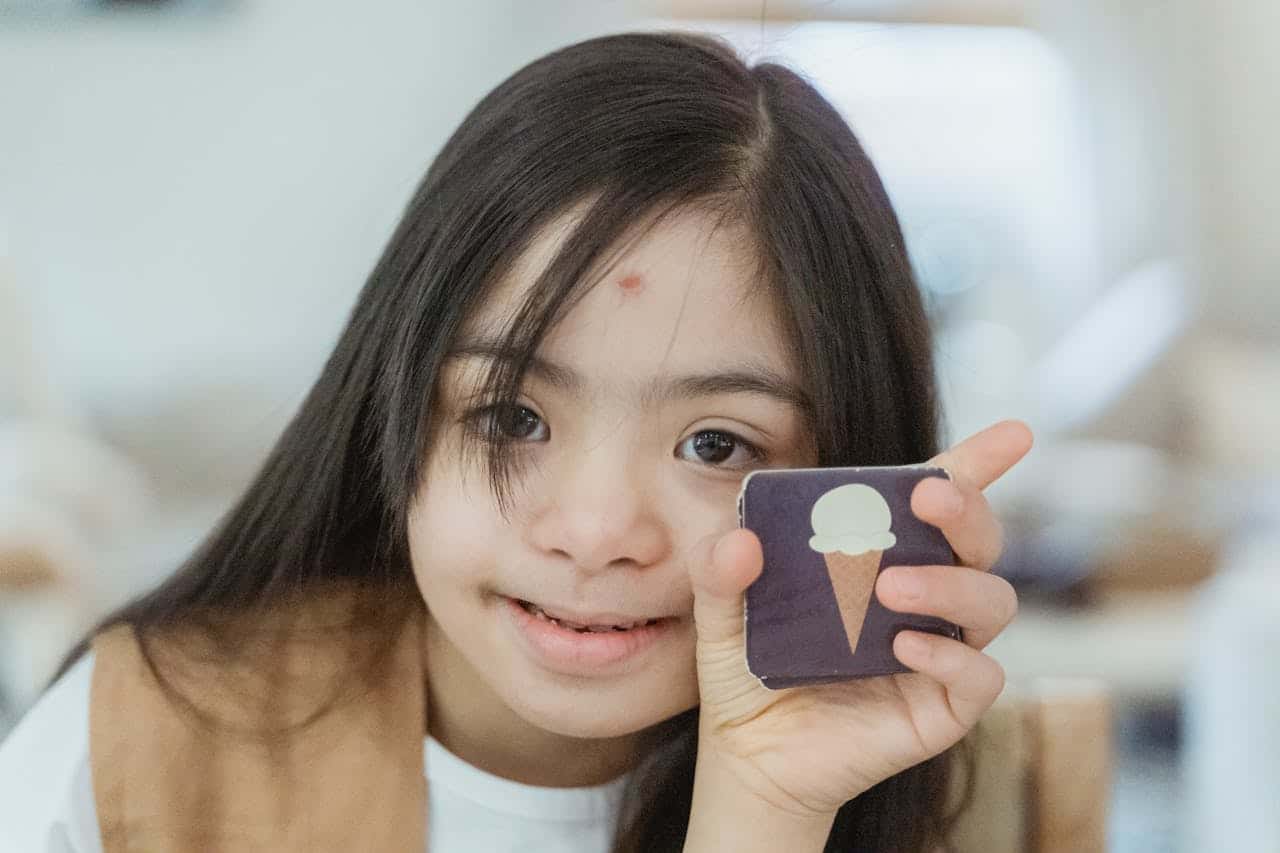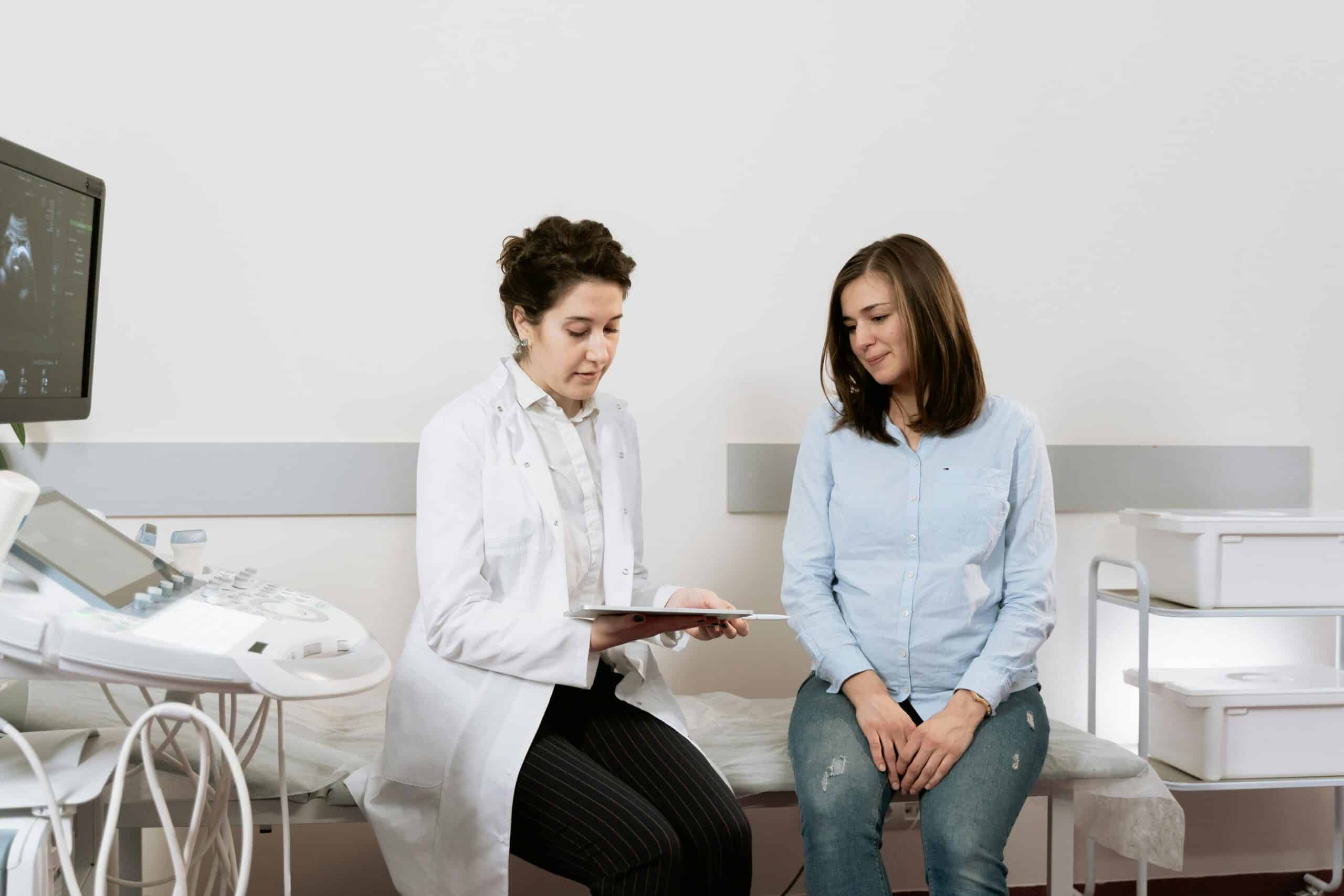Autism spectrum disorder (ASD) has been linked to both genetic and environmental factors, with a solid genetic component often playing a significant role in its development. Studies addressing the question is autism hereditary suggest that genetics can influence the risk of autism, with certain gene variations being more common in individuals with autism.
However, while genetic factors play a significant role, the exact mechanisms are still not fully understood. Researchers have identified both inherited genes and spontaneous mutations, known as de novo mutations, as potential contributors to autism risk.
Genetic Factors Contributing to Autism
Genetic factors highly influence neurodevelopmental disorders, though the specific genes involved remain a topic of ongoing research.
Some studies suggest that a combination of multiple genes may contribute to the development of autism, with each gene adding a small amount to the overall risk.
Success Stories
“Move Up ABA has been a lifeline for our family. Before starting therapy, our son struggled with daily routines and communication. Now, he’s more independent and even initiated a conversation with a classmate for the first time! The progress we’ve seen in just six months is truly remarkable.”
- Emily R., Silver Spring, Accountant
“As a single dad, I was overwhelmed trying to manage my child’s behavior. The Move Up ABA team not only provided amazing support for my little girl but also taught me practical strategies to use at home. Their in-home sessions fit perfectly with our busy schedule. I’m so grateful for their patience and expertise.”
- Michael T., Rockville, Middle School Teacher
“We were hesitant about starting ABA therapy, but Move Up ABA’s approach put us at ease from day one. Our twins have made incredible strides in their social skills and self-regulation. The therapists are like extended family now, and we couldn’t be happier with our decision to work with them.”
- Aisha and James L., Simpson, Police Officers
Ready to start your child's journey to success? Schedule a free consultation today! 📞 Call (410) 497-8865.
Understanding these genetic links can also guide autism family support, helping families access resources and better navigate the challenges associated with the condition.
Genetic testing may help identify certain genetic markers that increase the likelihood of developing autistic disorder. However, the complexity of genetic risk means that no single gene or mutation can account for all cases of autistic disorder.
The Role of Environmental Factors in Autism Development
In addition to genetics, environmental factors play an important role in the development of autism. Exposure to certain toxins or infections during pregnancy, as well as other prenatal factors, can increase the risk of autism in genetically predisposed children.
Environmental factors may interact with genetic predispositions to either increase or decrease the likelihood of developing autism, often manifesting in challenges like communication difficulties. While genetic factors are influential, the combination of both genetic and environmental influences is key in understanding autism risk.
Autism Diagnosis and Genetic Testing

Autism diagnosis is often based on behavioral assessments and developmental history. However, genetic syndromes can play a role in the disorder’s manifestation, and genetic testing can be used to support the diagnosis, identify underlying genetic factors contributing to these syndromes, and explore potential autism benefits related to early intervention and personalized care strategies.
Genetic testing can help identify rare genetic mutations or chromosomal abnormalities that may be linked to autism. While not all cases of autism have a clear genetic cause, testing can provide valuable insights into an individual’s specific risk factors.
Genetic and Environmental Influences on Autism Risk
Research indicates that autism risk is influenced by both genetic and environmental factors, with the interplay between the two being critical in understanding the condition. The relative contribution of each factor can vary from individual to individual.
Genetic risk factors, including inherited mutations, play a key role, while environmental influences such as prenatal exposure to toxins or maternal health also contribute. Both types of factors interact in complex ways to influence the likelihood of developing autism, a condition that has been studied extensively, including in cases of autism famous individuals whose stories have brought awareness to the spectrum.
The Influence of De Novo Mutations in Autism

De novo mutations, which are spontaneous mutations not inherited from either parent, can contribute to the development of autism. These mutations can occur during early brain development and may disrupt normal brain function.
While not all individuals with autism have de novo mutations, they are believed to play a role in some instances of autism spectrum disorder. Researchers continue to explore how these mutations contribute to neurodevelopmental disorders and autism risk. Additionally, understanding factors like the ABA therapy age range can help tailor interventions and improve outcomes for individuals with autism.
Genetic Risk and Intellectual Disability in Autism
Intellectual disability is common in some individuals with autism, though not all children with autism experience intellectual impairment. Genetic factors related to autism can also contribute to intellectual disabilities, as certain genetic mutations may affect brain development. For children with autism and intellectual disabilities, ABA therapy at home can be a valuable tool in supporting their learning and development in a familiar environment.
The relationship between genetic risk and intellectual disability in autism is complex and varies from person to person. Ongoing research aims to clarify how specific genetic factors contribute to both autism symptoms and intellectual functioning.
Autism Spectrum Disorder and Neurodevelopmental Disorders
Autism spectrum disorder is considered a neurodevelopmental disorder, meaning it affects brain development and function. Genetic factors contribute to disruptions in normal brain development, which may lead to the symptoms of autism.
Research into neurodevelopmental disorders has identified several genes and pathways that could be involved in autism, particularly in areas related to social skills. These discoveries offer hope for understanding the biological basis of autism and developing potential treatments in the future.
The Role of Autism Risk in Family History

Family history is an essential factor in determining the likelihood of autism spectrum disorder. If a child has a sibling with autism, their risk of developing autism is higher compared to children with no family history of the disorder. For Autism Parents Support, understanding the role of family genetics can provide valuable insights and help families navigate the challenges associated with the condition.
While family history is a strong indicator, it is not a guarantee that a child will develop autism. The genetic components passed down from parents, combined with environmental influences, contribute to the overall risk of autism.
Autism Spectrum Disorder and the Need for Early Intervention
Early diagnosis and intervention are critical for effectively managing developmental disabilities. Identifying these conditions early allows early intervention programs to improve social, communication, and behavioral outcomes in children diagnosed.
Both genetic and environmental factors affect the development of autism, but early intervention and autism treatment can help children with autism learn essential skills and navigate challenges. Identifying and treating autism at a young age can make a significant difference in long-term development and quality of life.
Genetic Testing and Autism Risk
Genetic testing is an essential tool for understanding the genetic risk factors associated with autism. It can help identify specific genetic mutations that may contribute to the disorder and provide valuable information for early diagnosis. This knowledge is crucial for families seeking autistic child support, as it can guide personalized interventions and resources to better assist in the child’s development.
While genetic testing can uncover inherited traits and de novo mutations, it does not provide a complete picture of autism. Environmental factors also play a significant role, and testing alone may not predict the likelihood of developing autism.
Neurodevelopmental Conditions and Family Genetics
Family genetics, including genetic variants, can significantly influence the risk of neurodevelopmental conditions. Research has shown that if one child in a family has such a disorder, genetic variants may increase the likelihood of a sibling being diagnosed with the condition.
However, not all autism diagnoses are influenced by family history, as genetic variations, de novo mutations, and environmental factors can also play a role. Behavior technicians play a key role in supporting individuals with autism, helping to implement strategies based on these genetic and environmental influences. Family studies help researchers understand how autism genetics contribute to autism, but each case is unique.
The Impact of Maternal Obesity on Autism Risk

Maternal obesity has been identified as a potential risk factor for autism spectrum disorders. Studies suggest that the condition, coupled with the presence of certain risk genes, may disrupt brain development during pregnancy, increasing the risk of autism in the child.
While maternal obesity alone does not guarantee that a child with autism will develop the condition, it may interact with other genetic and environmental factors to influence autism risk. Pregnant women can benefit from maintaining a healthy weight to reduce the likelihood of autism in their child.
Neurodevelopmental Disorders and Autism
Autism spectrum disorder is part of a broader category of neurodevelopmental disorders. Genetic and environmental factors that affect brain development can contribute to the onset of autism symptoms.
Other neurodevelopmental disorders, such as ADHD or intellectual disabilities, often coexist with autism. This overlap of symptoms highlights the importance of comprehensive genetic research to understand these complex conditions.
Environmental Toxins and Autism Risk
Exposure to environmental toxins is considered a possible contributing factor to autism risk. Chemicals such as pesticides, air pollution, and heavy metals can disrupt brain development during pregnancy, leading to an increased likelihood of autism.
Environmental exposure interacts with genetic predispositions to create an environment where autism may develop. While not every child exposed to these toxins will develop autism, reducing exposure during pregnancy can potentially reduce the risk.
Understanding the Autism Genetic Pathways
Genetic pathways that lead to autism are still being explored, but several genes have been implicated in its development. These genes play a role in brain function, synapse formation, and neuronal connectivity, all of which are crucial for normal brain development.
Mutations in these genes, whether inherited or spontaneous, can disrupt normal development and lead to the onset of autism spectrum disorders. Understanding these genetic pathways can help scientists develop targeted treatments in the future.
Autism Risk and Advanced Parental Age

Advanced parental age, particularly the age of the father, has been associated with an increased risk of autism spectrum disorder. Older fathers may be more likely to pass on genetic mutations that contribute to autism.
Though the risk is higher with advanced paternal age, it is only one factor in a much larger equation. Autism is influenced by a combination of genetic predispositions and environmental influences that go beyond parental age alone.
The Importance of Early Autism Diagnosis
Early autism diagnosis can help children receive timely interventions that improve their social, communication, and behavioral outcomes. Identifying autism at a young age is crucial for providing appropriate therapies and support.
Genetic testing and early behavioral assessments are key to diagnosing autism and determining the most effective treatment plans. Timely diagnosis helps families and healthcare providers develop strategies to manage autism symptoms and promote development.
Autism Diagnosis and De Novo Mutations
De novo mutations, which occur spontaneously during early development, are sometimes linked to autism diagnoses. These mutations can be passed down from one generation to the next or occur as a random event.
Although de novo mutations are a significant factor, they are only one piece of the puzzle. Genetic and environmental factors interact to influence autism, and understanding these interactions is key to advancing research and treatment.
The Complexity of Autism Heredity
The hereditary nature of autism is complex, as no single gene or mutation can explain all cases. Many autistic children have a family history of developmental disorders, and heritability estimates suggest that genetics play a significant role, though spontaneous genetic mutations also contribute to some diagnoses.
Heredity plays a role in autism, but environmental factors can also affect how genetic predispositions are expressed. Understanding both the genetic and environmental contributions to autism helps researchers develop a more comprehensive view of the disorder.
The Role of Spontaneous Mutations in Autism Development

Spontaneous mutations, also known as de novo mutations, are believed to play a key role in the development of autism spectrum disorders. These mutations occur in the genetic material of the child, without being inherited from either parent.
Although spontaneous mutations contribute to autism, they represent only one piece of the puzzle. Genetic and environmental factors together influence the likelihood of autism developing in children with such mutations.
Maternal Health and Autism Risk
Maternal health factors, including conditions like obesity or diabetes, have been linked to an increased risk of autism in children. Studies suggest that these conditions may affect brain development during pregnancy, contributing to neurodevelopmental issues.
While maternal health can influence autism risk, it is important to recognize that human genetics and environmental exposures also play a significant role. A healthy pregnancy, along with genetic awareness, can help manage some of the risks associated with autism.
Conclusion
In conclusion, autism spectrum disorder (ASD) arises from a complex interaction between genetic and environmental factors. While genetic factors play a significant role, environmental influences such as prenatal health, toxins, and other exposures can also contribute to the risk of developing autism.
Understanding the hereditary and environmental aspects of autism is crucial for early diagnosis and intervention. As research advances, a more comprehensive understanding of these factors will help in developing more effective treatments and support systems for individuals with autism and their families.





